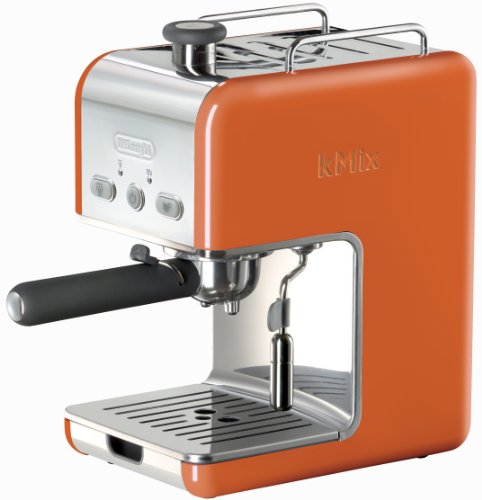* Easily Scratched!
First we have to understand a little bit of background about LCD screens to know why we should be careful when cleaning. LCD stands for Liquid Crystal Display; which has crystal molecules sandwiched under layers of polarized panels. These panels are usually made of "plastic-like" polymer materials, and like any plastics they can be easily scratched or gouged, even by just your fingernails! That's why cleaning LCDs requires special care while cleaning compared to the old glass CRT monitors!
* What You'll Need
- rubbing alcohol (aka isopropyl alcohol)
- distilled water (not tap water!)
- A soft cloth (lint-free)
* Steps
1. Dilute the rubbing alcohol into a mix with about 50% alcohol and the rest distilled water.
2. Pour this solution into a spray bottle. Old Windex bottles are good as they spray in a mist pattern with just the right amount to get good coverage on your screen. The spray bottles that squirt a single stream tend to drip solution all over the place.
3. Spray the mix onto a soft lint-free cloth. Old t-shirts and microfiber car wash cloths are both good choices. Large cloths are better since it helps to reduce the risk of leaving streaks on the screen from too much pressure.
4. Gently wipe the cloth on the screen in a circular consistent motion. Apply even pressure to the cloth and be careful not to push too hard, or scrape the screen with your fingernails!
* Suggestions
- Costly products that you buy at the "computer screen cleaning" aisle of your local computer store contain the same basic ingredients of alcohol and water! Some even contain other harmful chemicals such as ethylene glycol, which may be ok on older glass CRT monitors, but should NOT be used on LCD screens! Some of the extra chemicals can also be harmful to the environment and to your health.
- Be sure to use Mineral water! Not tap water; you don't want hard mineral spots on your screen.
- Don't use tissue paper; they will leave lint and spots of paper stuck to your monitor. Also they're too thin, risking damage from your fingernails poking through.
- Don't apply too much solution. If you do, just wipe it off with the cloth and use less.
- You can also use lint-free lens wipes from photography stores, but they're thinner so be careful about your fingernails poking through.
- For a cheap ready-made solution from the store, you can also use CD/DVD cleaner, It's already designed to be plastic-safe, and is a simple solution of about 50% isopropyl alcohol.
* Some Precautions
- Don't use Windex or other glass cleaners! These contain ammonia, which is ok for glass, but WILL hurt your LCD screen!
- Try not to use the really cheap paper towels, like the tough brown ones in public washrooms. They can scratch your screen.
- Be sure to shut down your computer and your monitor, then unplug from the wall. This reduces the risk of electric damage in case you spill some of the solution on components.
- Don't drink isopropyl alcohol! It's toxic!
- If you aren't sure, you can test a small corner of the screen first.
Follow the steps and suggestions above, and your trusty LCD monitor should give you years of clean, clear, trouble-free service.
Storkcraft Baby Buy Bargain Sale Golds Gym Elliptical Machine









